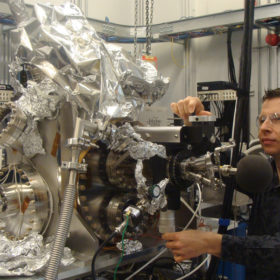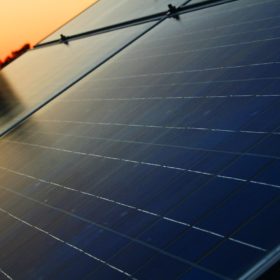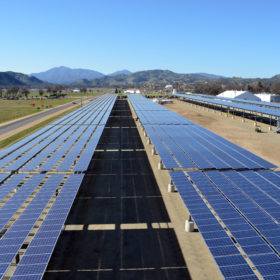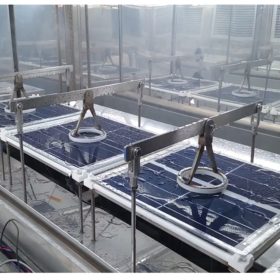Understanding perovskite degradation
Scientists in the US took a closer look at the mechanisms causing perovskites to degrade under light and raised temperatures. By testing perovskite cells with various additives and other recipe tweaks, the group was able to identify pathways to improving long-term stability.
Plasma passivation process to cut silicon cell costs
Scientists in Saudi Arabia have developed a new passivation process for n-type silicon solar cells, which they say could offer a simpler, lower-cost alternative to current processes used in manufacturing. The group fabricated wafers using this process with promising results, and now plans to integrate the process into a full silicon cell.
World is set for 3.3C temperature rise, predicts Bloomberg
Although the global solar industry might be cheered by the prospect of a healthy slice of an expected $12 trillion, 30-year windfall, governments are falling far short of steering us clear of catastrophic global heating, according to the analyst’s latest New Energy Outlook report.
Major economies should divert fossil fuel Covid-recovery cash to clean energy before it’s too late
A report by Finnish company Wärtsilä has estimated the potential impact if every dollar committed to a non-renewables energy sector recovery was instead funneled to clean power.
Wood Mackenzie expects 115 GW of solar this year
If confirmed, the global newly installed PV capacity for this year would be 5% more than that of 2019. China is forecast to be once again the world’s largest market, with 39 GW.
Triple junction perovskite cell hits 16.8% efficiency
Scientists in the Netherlands fabricated three different perovskite layers, all using the same process. The three cells are all tuned to different bandgaps in order to absorb different wavelengths of light. A triple-junction device incorporating all three achieved 16.8% conversion efficiency. This, the researchers say, is a promising result for the technology, though would require the development of new wide-bandgap perovskites to push much further.
Enel leads charge of non-solar-specialists climbing PV developer ranking
The Italian energy company has developed four big solar plants in the last 21 months to add 794 MW of generation capacity to its 3.67 GW solar portfolio and is emblematic of companies from the wider energy sector focusing on the renewable technology.
A chemical tune up for better perovskites
Scientists in the United States took a closer look at the way charges move through a perovskite material, and found that replacing hydrogen in the material with a heavier isotope can both reduce thermal conductivity and increase carrier lifetime, potentially leading to more efficient solar cells. And the group expects continuing study of charge states and molecule dynamics to yield further important discoveries.
Sustainable aircraft fuel will need a lot more renewables capacity
A research paper into the prospects of manufacturing ‘power-to-liquid’ kerosene in Germany has concluded the government will end up importing it. Wherever the world’s clean aviation fuels are made, however, it seems a lot of clean power will be needed to drive the production process.
A stress test for all seasons
Scientists led by the U.S. National Renewable Energy Laboratory (NREL) have developed a new stress testing protocol for PV modules, one designed to simultaneously expose modules to multiple stresses, as they likely would be in the field. Putting modules through this test, the researchers have already been able to reveal new information regarding backsheet degradation, and they promise new insights into other degradation mechanisms both known and unknown as well.










